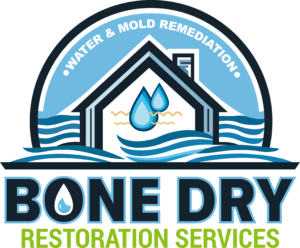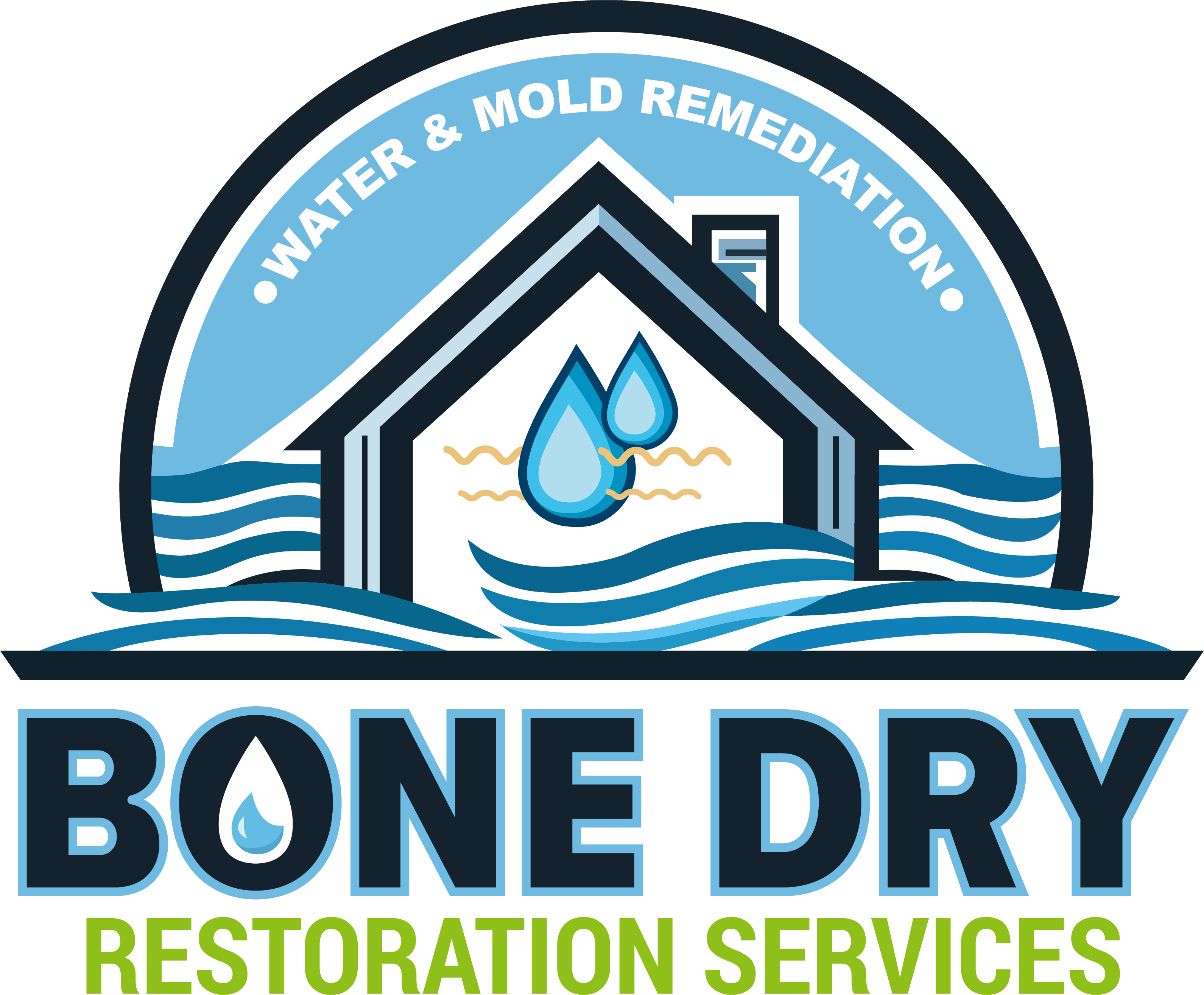When it comes to safeguarding your home, the basement is vital, particularly if you’re looking to prevent water damage. Basement waterproofing is essential, but with both interior and exterior options, choosing the right method can be challenging. This guide examines the distinctions between interior and exterior waterproofing methods.
We’ll explore the functioning of each approach, their implementation sites, and why many homeowners find interior waterproofing superior. By the end, you’ll clearly understand why interior waterproofing may be the best strategy to maintain a dry basement and a secure home.
Key Distinctions Between Interior and Exterior Basement Waterproofing
Exterior waterproofing involves working around the exterior of your basement walls, which requires excavation to access the foundation all the way to the footings and applying a waterproof barrier. This proactive approach prevents water from entering your basement. However, this is not always the best option for your particular situation.
Conversely, interior waterproofing is done inside the basement. It generally includes sealing the walls, floors and may involve installing a properly installed drainage system like a sump pump to manage and redirect any incoming water, ensuring your basement stays dry. Oddly enough, it’s not always the best decision to keep water out.
What is a Sump Pump and how does it help waterproofing?
In many cases, interior waterproofing systems rely on a sump pump to effectively manage water. The sump pump collects water from a the lowest part of your basement, typically in a “Sump Basin”, and pumps it out away from the foundation, preventing flooding and moisture buildup. If you are having a trench system installed, you will need a sump to pump out the water being collected.

Effectiveness of Sump Pumps when it comes to basement waterproofing.
Interior waterproofing is excellent at managing water entering in your basement, ensuring it never becomes an issue for your home. By catching water that seeps through walls and floors, it effectively addresses any internal leakage problems. On the other hand, while exterior waterproofing is effective in preventing water entry, it requires flawless installation and maintenance to guarantee no water breaches the barriers. If any part of the exterior barrier fails, water can silently enter, potentially causing significant damage before being detected.
Which handles moisture the best: Exterior or Interior Waterproofing
Consider how each waterproofing method manages moisture. Exterior solutions block water from reaching basement walls by creating a barrier, but they’re susceptible to external elements like shifting soil, root infiltration, and stone wear. These factors can degrade the waterproofing membranes, leading to breaches and water entry.
Also important to keep in mind, exterior waterproofing doesn’t address hydrostatic pressure—water pushing up from beneath the floor, caused by gravity’s force on a fluid at equilibrium. Interior methods, however, manage moisture that enters by using systems that keep the basement dry and prevent hydrostatic pressure by redirecting water before it can push up from beneath the floor.
What does basement waterproofing in Maine cost?
Budget is an important factor to consider when deciding on basement waterproofing. Exterior waterproofing tends to be expensive because of the intensive labor and materials involved. On the other hand, interior waterproofing is often more cost-effective, both in installation and in long-term maintenance savings.
If you’re not sure what to do next with your wet basement in Maine, give us a call for help 207-600-2436

